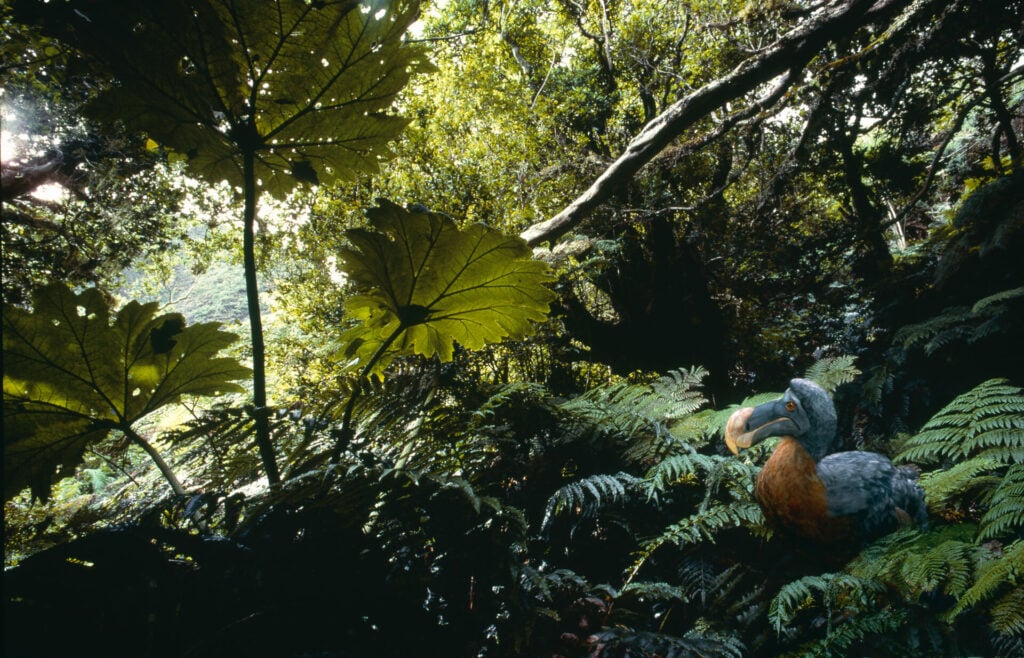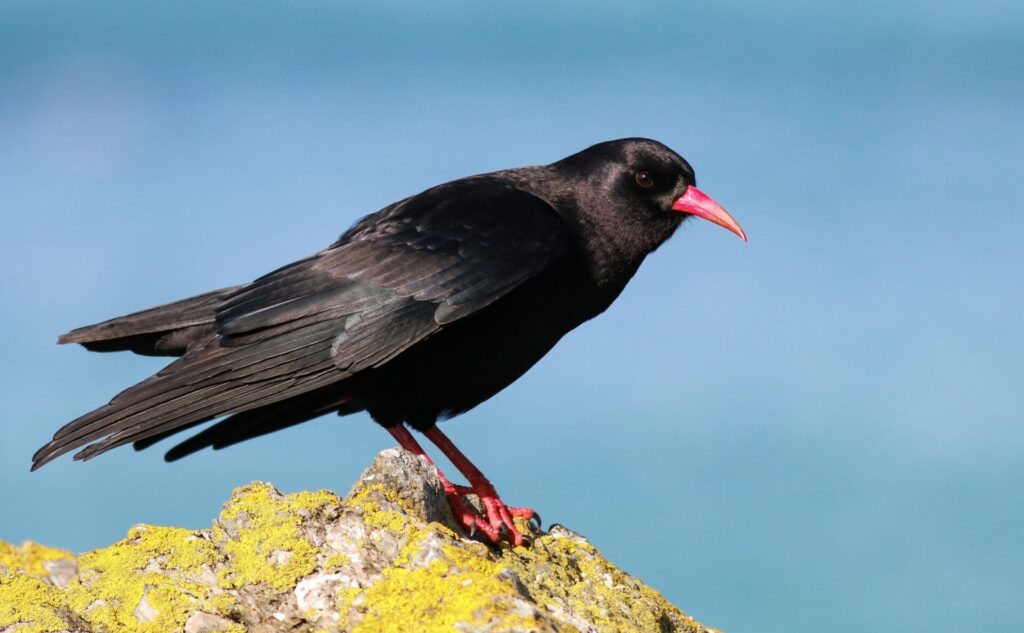Guided by the sun, stars and earth’s magnetic field, migratory birds have been hard-wired to travel vast distances to feed and breed for millennia.
While the Bar-tailed Godwit makes a non-stop 11-day flight from Alaska to New Zealand over the Pacific, Arctic Terns’ rack up 44,000 air miles on their pole-to-pole migrations. Necessary for survival, these extraordinary journeys are fraught with danger from climate change-induced cyclonesto commercial fishing and illegal hunting.
In the Mediterranean alone it’s estimated that half a billion birds are butchered by trapping or shooting during their biannual migrations between their breeding and wintering grounds.

Concerningly, their conservation status is deteriorating faster than any other avian group, with an estimated one in eight migratory birds threatened with global extinction according to the United Nations (UN).They may be seasonal visitors, but their services to the animal kingdom and people are nonetheless significant. These highly mobile creatures play countless roles in healthy ecosystems from pollinating plants to being natural agents of pest control.
Global Warming: Shrinking Birds
These avian travellers also help keep people safe from plagues of insects such as locusts that can take a wrecking ball to crops and livelihoods. Officially the most diverse group of organisms on earth, insects are an essential source of energy for birds’ migrations, during which they can burn off half their body mass. But a perfect storm of pesticide use, climate change and habitat destruction is causing insect populations to plummet worldwide.
Habitat loss and fragmentation from intensive agriculture, deforestation and urbanisation is one of the biggest threats faced by migratory birds which include shorebirds, birds of prey, songbirds and hummingbirds. One of the hardest hit groups are waterbirds, who have lost 35 per cent of their worldwide wetland habitat over the last 50 years according to a report by the Ramsar Convention on Wetlands.
Meanwhile, humans’ thirst for freshwater combined with climate change has shrunk Lake Chad – a critical stopover site for some 70 species of birds before crossing the Sahara Desert – by 90 per cent since 1960.
Human-caused climate change also directly imperils the world’s winged wayfarers, with extreme weather events and rising sea levels affecting everything from their ability to breed to their size.
Birds risk serious injury by getting ensnared in fishing gear, mile-long gillnets and the baited hooks of longlines. These ocean wanderers also fall victim to plastic pollution that kills up to one million seabirds each year
Researchers at the University of California LA (UCLA) discovered that migratory birds across North America are reacting to rising temperatures by shedding weight to hold on to less heat. Ever warmer winters and earlier springs means fewer food sources are available for parent birdslike the Dutch pied flycatcher, which have suffered declines of up to 90 per cent due to this climate mismatch.
Another menace to migrating birds are invasive species such as mongoose, domestic cats, alien plants and even their own kind. According to The Environmental Conservation Office in Dhofar, non-native mynah (a songbird from Southern Asia) and jungle crows can spread disease to avian species travelling to Oman’s most important bird migration station: Barr al-Ḥikmān.
Bycatch Victims
‘Seabirds are one of the most threatened groups of vertebrates, and they face threats when they breed on land and also when they forage at sea,’BirdLife International’s Marine Science Coordinator Dr Tammy Daviestells The Ethicalist.
One of their biggest nemeses are commercial fisheries, which unintentionally capture non-target species known as bycatch. Not only does this plunder seabirds’ prey, but long-distance migrants like the critically endangered Waved albatross and near-extinct Balearic shearwaters can find themselves being bycatch.
Others risk serious injury by getting ensnared in fishing gear, mile-long gillnets and the baited hooks of longlines. These ocean wanderers can also fall victim to plastic pollution that’s responsible for the deaths of up to one million seabirds each year according to the United Nations. Unable to differentiate between floating plastic and prey, migratory seabirds such as the Laysan and Black-footed Albatross are particularly vulnerable.
Safeguarding these seasonal fliers on their long, lonely and largely secretive oceanic journeys is no easy task. ‘We’re learning more and more about the mystery of pelagic seabirds through tracking studies,’ Dr Davies says, ‘but there is still lots of mystery – including on the complex food webs of many species while they are foraging on the high seas. A prime example is the Beck’s Petrel.’ Lost for 75 years and rediscovered in 2007, ‘the location of its breeding site is still unknown,’ Dr Davies reveals.
Seabird Superhighways

Last October, Birdlife International identified six seabird superhighwaysregularly ‘used by multiple long-distance migratory seabird populations, ‘to travel between their breeding and non-breeding areas,’ Dr Davies explains. The culmination of decades spent tracking long-distance avian wanderers, these marine flyway routes – which traverse the Atlantic, Indian, Pacific and Southern Oceans – are a welcome addition to the already established eight major flyways (identified for terrestrial and waterbirds). Birds without borders require international cooperation, and it’s hoped that these new marine flyways will engender a coordinated, intergovernmental conservation approach that ensures they get to their destination, and back again.
Lights Out

Back on dry land, it’s not plastic but light pollution that’s casting a dark cloud over birds’ marathon migrations. Disruptive to their circadian rhythms, it impacts everything from their vocal communication to their foraging behaviour.
Like moths to a flame, artificial light lures these nocturnal migrants into the urban jungle and a host of obstacles just as hazardous as the electrical poles and wind turbines that they’ve already had to navigate.
According to the American Bird Conservancy, a billion birds die as a result of building strikes every year. One of the most shocking events in recent history was the death of 1,000 birds – including warblers and woodcocks – in a single day in downtown Chicago last October. Their 10,000-mile migration south was cut tragically short when they crashed into the city’s four storied, glass-clad McCormick Place Convention Centre.
‘Artificial lights and skyglow around buildings can be fatal to migrating birds at night, disorienting them or drawing them off course, leading them to circle in confusion and land in a vulnerable state,’ The National Audubon Society’s Bird-friendly Buildings Manager Connie Sanchez tells The Ethicalist.

The American non-profit’s ‘Lights Out Project’ is a nationwide initiative facilitating safer passage for migrating birds in more than 50 regions and cities including nature-loving New York.
Positioned on the Atlantic Flyway – the route taken by birds migrating from South America to Canada – NYC passed a bill in 2019 requiring all new construction and major refits to be made with bird-friendly materials. Also aided by Audubon was the transformation of Manhattan’s Jacob K. Javits Convention Centre; the city’s first major building to be retrofitted with bird-proofed glass.
‘This renovation resulted in a drop in bird-building collisions of over 90 per cent, in addition to making the building more energy-efficient,’ Sanchezsays, ‘strong visual cues on or around glass can help warn birds of the barrier.’
New buildings can be designed with bird-safe glass featuring ceramic dots, fritting or acid-etching, while homespun solutions can be applied to existing buildings she explains. ‘[You can] can make windows appear opaque using products such as perforated vinyl film or placing physical barriers such as screens, netting, or hanging cords in front of the glass.’

We have the resources and know-how to make our planet’s urban landscapes, oceans and increasingly threatened bird habitat safe and healthy for these magnificent migratory species. Now it’s about taking action on all fronts so they can continue to embark on their epic and essential journeys.













